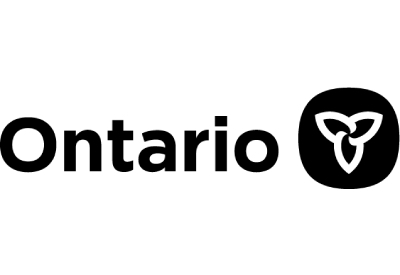Ontario Investing in Critical Infrastructure to Support Regional Population Growth and Housing

October 25, 2022
New legislation would further enhance wastewater treatment to support residential growth while maintaining world-class environmental protections
Based on expert advice, Ontario is proposing new legislation that, if passed, would support the continued delivery of world-class wastewater treatment services for the Region of York. Through the proposed Supporting Growth and Housing in York and Durham Act, 2022, Ontario would facilitate expedited improvements to the existing York-Durham Sewage System network connected to the Duffin Creek treatment facility that is co-owned and operated by York and Durham Regions.
Following recommendations of the York Region Wastewater Advisory Panel, the proposed legislation accommodates regional growth by leveraging an existing wastewater infrastructure service agreement between York and Durham Regions that delivers high-quality, treated water safely and responsibly into Lake Ontario. The expansion of this infrastructure is the most effective option available, leveraging existing wastewater treatment services under the Co-Ownership Agreement between Durham and York Regions who share treatment facility assets to support their collective population growth.
“Expansion of this shared critical wastewater infrastructure for York and Durham Regions is needed to support their significant population housing, and economic growth. Our government is proposing a solution that ensures the most robust wastewater treatment as these communities continue to grow,” said David Piccini, Minister of the Environment, Conservation and Parks. “The Duffin Creek treatment facility is one of the best performing wastewater facilities in the province that ensures the protection, enjoyment and welfare of Lake Ontario, shoreline communities and nearshore areas.”
The Duffin Creek treatment facility is one of the top performing wastewater treatment plants in Ontario, achieving world-class standards for high quality treatment, phosphorus control and protective measures for the surrounding environment and watershed, with a capacity to process 630 million litres per day. Today, this facility operates at approximately 50 per cent capacity and the proposal would add an additional 12 per cent to the current flow levels, meaning it has the capacity to ensure every litre of water the plant receives gets high quality treatment. Over the past 25 years, governments at all levels have invested more than $850 million in the plant, making it one of the best performing treatment facilities on the Lake Ontario shoreline. Phosphorous limits at the plant are significantly lower than those at other wastewater facilities in Ontario and will continue to be reduced as the facility implements additional upgrades between now and 2030.
In parallel with this initiative, Ontario continues to make multi-million-dollar improvements to wastewater and stormwater infrastructure, investing in the latest technology for real-time wastewater monitoring. In January 2022, Ontario invested $15 million to build, upgrade and rehabilitate storm and wastewater infrastructure in the Lake Ontario basin. This includes optimizing plants, improving local sewer systems and investing in green infrastructure. The Regional Municipality of Durham is receiving $836,590 through this program which will help improve water quality in Lake Ontario.
Further, Ontario invested $6.3 million in 51 projects to protect and improve Lake Ontario. This includes projects under the Canada-Ontario Agreement (COA) Nutrients Annex commitments focused on the Lake Ontario basin and science/monitoring projects. In Durham, this includes monitoring exit loads of phosphorus to Lake Ontario from tributaries, monitoring nutrient and weather event discharges from tributaries, quantifying nutrient loadings and determining internal phosphorus loading in western Lake Ontario coastal wetlands.
The government will also be boosting science and monitoring capacity of Lake Ontario by making investments focused on monitoring and research with external partners to track, predict and better understand conditions in Lake Ontario. This work will ensure we continue to support and maintain the highest quality of water for Lake Ontario.
Quick Facts
- •In 2021, Ontario put in place the York Region Wastewater Advisory Panel to provide advice to the government on possible solutions to meet the region’s sewage servicing needs. Read the panel’s report.





